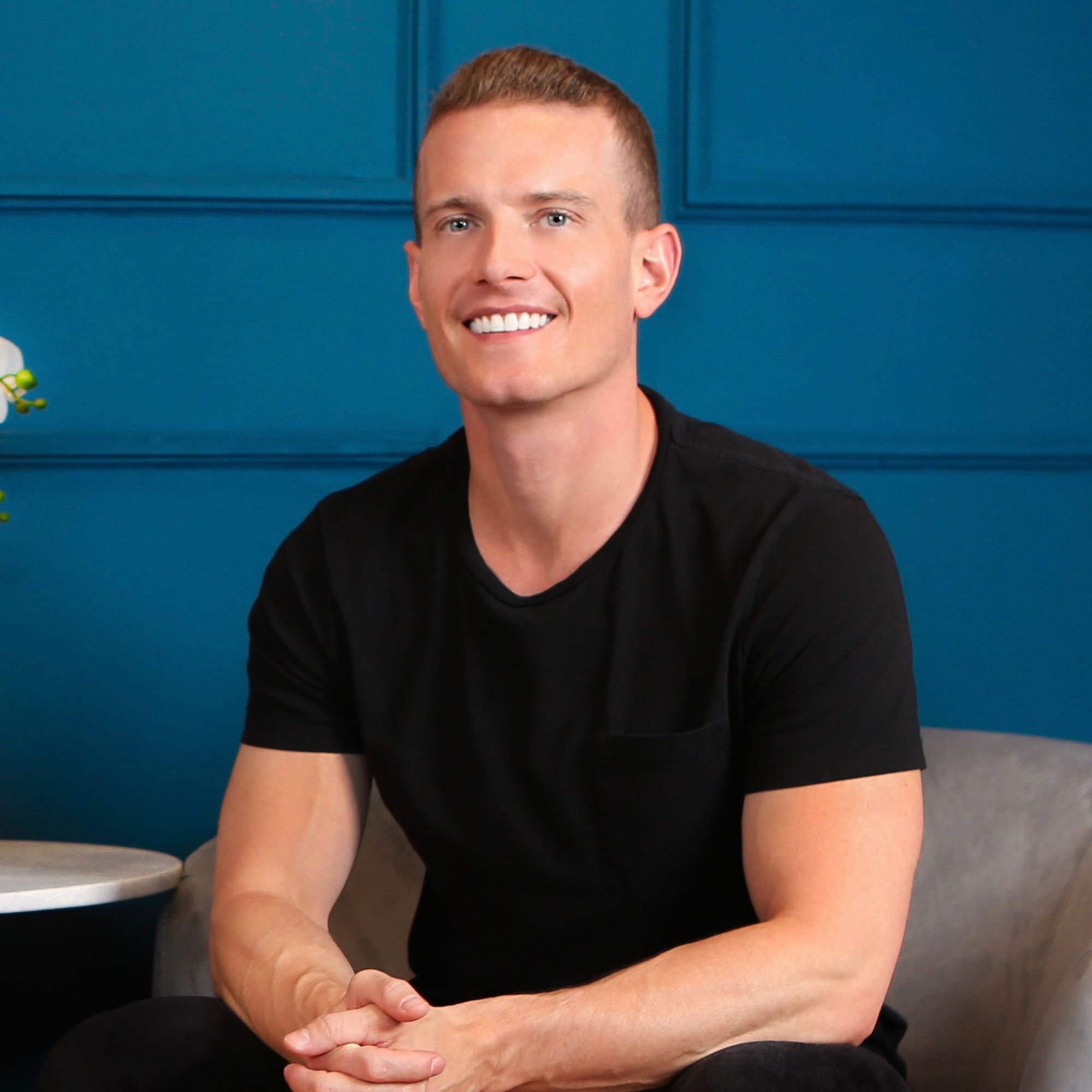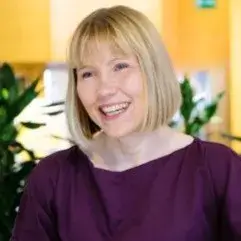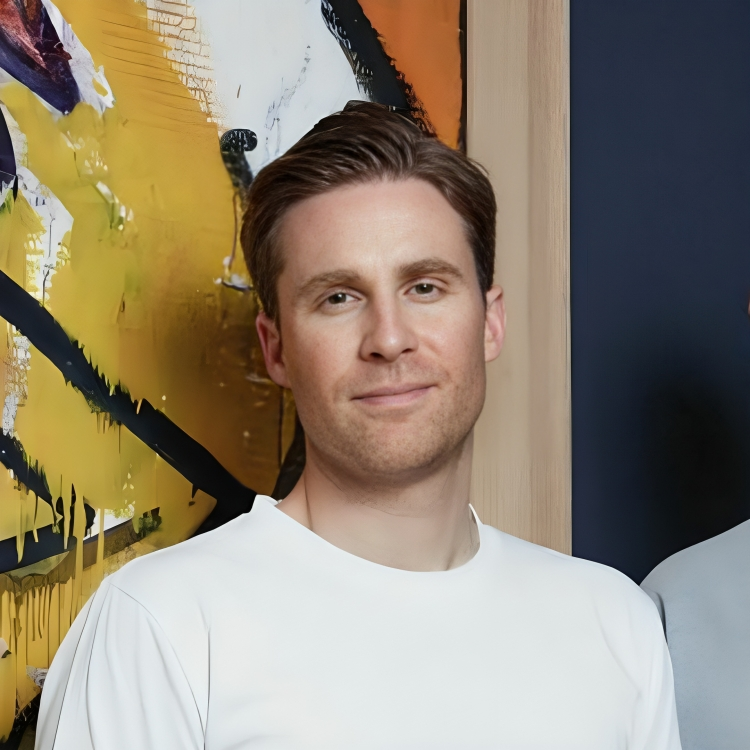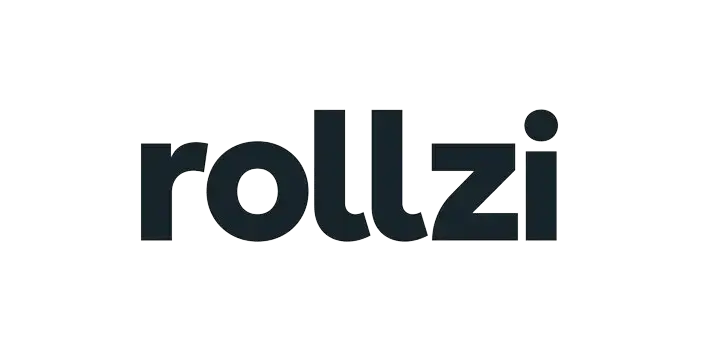Ready to build your own Founder-Led Growth engine? Book a Strategy Call
Frontlines.io | Where B2B Founders Talk GTM.
Strategic Communications Advisory For Visionary Founders
Actionable
Takeaways
Don't fully remove yourself from enterprise sales—strategically deploy your founder advantage:
Brian learned that completely stepping back from sales was a mistake. Instead, he discovered the power of strategic founder involvement: "As a founder I am an incredible asset to my team, but that doesn't mean I have to be on every meeting." He now enters deals at the beginning to build relationships, trusts his sales team to advance opportunities, then returns at crucial moments to help close negotiations. This approach maximizes founder value while empowering the sales team.
Timing pain points matters more than pain intensity:
Chain.io experienced a counterintuitive sales pattern during COVID—initial uptick as customers felt pain, followed by a downturn when pain became overwhelming. Brian observed: "A little bit of pain is good for sales... when it gets too much pain, people freeze up." B2B founders should recognize that acute customer pain creates urgency, but excessive pain paralyzes decision-making. The sweet spot is when customers feel enough discomfort to act but retain capacity to evaluate new solutions.
Legacy industries require relationship-based, not scale-based GTM motions:
After trying to build a "standard SaaS BDR SDR style go-to-market machine," Brian realized it was wrong for both his market timing and industry culture. He pivoted back to relationship-driven sales focused on live events and consultative engagement. For enterprise logistics customers making decisions that affect 40 countries, "nothing is simple and no decision is made by one person who's going to click a buy now button." Founders in traditional industries should think more like SAP than HubSpot.
Use podcasting as relationship infrastructure, not lead generation:
Use podcasting as relationship infrastructure, not lead generation: Brian launched his podcast "almost day one" as free marketing, but discovered its real value in relationship building for long sales cycles. He doesn't track metrics or measure ROI traditionally, noting: "I know that I've gotten a CIO of a major freight company... [who] sent me a screenshot of my podcast... and I know how much that one customer pays me is more than I've ever invested in the podcast." For B2B founders with complex sales cycles, content should build relationships rather than optimize for attribution.
Build category understanding through customer education, not just problem-solving:
When Chain.io launched in 2017, "that category did not exist in supply chain." Brian spent years helping customers understand that data movement was a strategic, first-tier problem rather than something "you tack on the end of some other project." Category creation often requires patient market education—founders must be prepared to invest in customer understanding before expecting rapid adoption, especially in conservative industries.
Conversation
Highlights
From Green Screen Terminals to $18M: How Chain.io Built Enterprise GTM in a Legacy Industry
Brian Glick didn’t set out to become a logistics tech entrepreneur. He dropped out of college in the 1990s and took a job “cutting cable and hooking up green screen dumb terminals in a company that was in the customs business.” Two decades later, that hands-on experience with supply chain complexity would become the foundation for Chain.io, a vertical integration platform that has raised $18 million in funding.
In a recent episode of Category Visionaries, Brian shared the counterintuitive lessons he learned building enterprise software for an industry that wasn’t ready to buy it—and why traditional SaaS playbooks fail spectacularly in legacy markets.
Building a Category That Didn’t Exist
When Brian founded Chain.io in 2017, he was solving what seemed like an obvious problem. “As everyone learned during the pandemic and has learned since, moving things around the planet is really hard,” Brian explains. “And so what we do at Chain is we move to data that needs to move around in order for freight to move.”
The challenge wasn’t technical—it was educational. Brian and his team were “talking about very complex data issues and how to think about integration and data movement and data as an asset in 2017. And that category did not exist in supply chain.”
For years, Brian watched potential customers struggle to understand why data connectivity was strategic rather than tactical. “It really wasn’t until the tail end of COVID that the things that I had seen as a founder in 2016 that led to me starting the company were things that my customers started understanding.”
This timing mismatch created a unique go-to-market challenge. How do you sell enterprise software when your market doesn’t yet understand why they need it?
The COVID Acceleration—And Crash
The pandemic provided an unexpected education for Chain.io’s target market. Suddenly, everyone needed to move information faster to adapt supply chains overnight. But Brian learned that customer pain exists on a spectrum—and timing matters more than intensity.
“One of the things I will say for any software company is it is really great when your customers have an acute problem until that problem gets so painful that they can’t process new information and can’t buy from you,” Brian observed. “A little bit of pain is good for sales… when it gets too much pain, people freeze up.”
Chain.io experienced this firsthand during COVID. They saw “an uptick in sales. And then towards the end of COVID it got too painful and we saw a downswing. And then it came back as people sort of had more certainty in their business again.”
This insight reveals a critical lesson for B2B founders: the sweet spot for customer pain is enough discomfort to create urgency without paralyzing decision-making capabilities.
Why Standard SaaS Playbooks Fail in Legacy Industries
Armed with a growing market and proven product-market fit, Brian made what he now calls a critical mistake. “There was a point where we made a mistake in that we tried to create a very standard SaaS BDR SDR style go to market machine.”
The approach failed for two reasons. First, the market timing was still early—customers weren’t ready to buy through standard SaaS channels. Second, and more importantly, the logistics industry operates fundamentally differently than typical SaaS buyers.
“Legacy industry… is not used to buying software in that way and buys on relationships,” Brian explains. “When we work with large enterprise customers in shipping, nothing is simple and no decision is made by one person who’s going to click a buy now button on your website. You’re talking about rolling something out to 40 countries.”
This realization forced a complete GTM strategy overhaul. “Our go to market strategy has almost come full circle where it’s no longer just me, but it’s much more about live events, working with people, helping them understand their problems in a very consultative way.”
The lesson: founders must match their GTM approach to how their industry actually buys, not how they wish it would buy.
The Founder’s Role in Enterprise Sales
One of Brian’s most counterintuitive insights concerns the founder’s role in enterprise sales. Rather than removing himself completely from the sales process—a common startup scaling recommendation—Brian learned to deploy his founder advantage strategically.
“I’ve never taken myself out of sales. Actually, my biggest learning was not to take myself out of sales,” Brian says. “As a founder I am an incredible asset to my team, but that doesn’t mean I have to be on every meeting.”
His approach: enter deals early to build relationships, trust the sales team to advance opportunities, then return strategically at crucial moments. “It actually decreases the value of me coming in at the end if I’m there at the beginning and trusting my sales team to do things without me and then bring me in at the right moment.”
This balance proved especially important for Chain.io’s enterprise sales cycles, where they “put a year into a relationship before we close something because our ACV covers it.”
Content as Relationship Infrastructure
Brian’s approach to content marketing reflects his deep understanding of enterprise sales cycles. Chain.io launched their podcast “almost day one” as both free marketing and relationship-building infrastructure.
“When we were early, it was a really good way to build relationships with people that I did ultimately want to sell to,” Brian explains. The podcast served multiple purposes: highlighting customer success stories, building deeper bonds with prospects, and establishing thought leadership in the logistics space.
Crucially, Brian doesn’t track traditional metrics. “I don’t know, we don’t at all, I don’t look at any of the metrics. I couldn’t tell you how many listeners we have.” Instead, he focuses on relationship outcomes. One customer “pays me more than I’ve ever invested in the podcast. So there’s my ROI.”
This approach challenges the attribution-obsessed mindset common in SaaS marketing. For enterprise sales cycles measured in years, relationship building often delivers better returns than lead generation.
Speed as the Ultimate Differentiator
As Chain.io matured, Brian discovered that their primary competitive advantage wasn’t features or pricing—it was speed. This became especially apparent during recent tariff changes that forced supply chain reorganization.
“We had one customer who works with a really big clothing company, and all of the way that they had to rejig their whole supply chain almost overnight because of the tariffs,” Brian recalls. “This service provider was a small player in their network because they use technology to say, we can take all of your information and make it work the new way tomorrow. They won a whole bunch more business because they were faster.”
In uncertain markets, helping customers adapt quickly becomes the ultimate moat. “Almost more important than anything else is speed.”
Building for an Uncertain Future
Looking ahead, Brian admits uncertainty about Chain.io’s long-term direction—and sees this as a strength rather than weakness. “The really scary answer is I have no idea,” he says about the company’s five-year vision. “And I’m going to tell you that’s largely because of AI.”
Rather than making bold predictions, Chain.io is focusing on experimentation and customer education. “2025 for us is about learning what that future is so that we can then bring the rest of the industry along with us.”
This humble approach to uncertainty reflects a deeper truth about building in rapidly evolving markets: sometimes the best strategy is admitting you don’t know what’s coming next while positioning yourself to adapt quickly when it arrives.
Brian’s journey from cutting cables to raising $18 million reveals how founders can succeed in legacy industries by respecting their unique characteristics while gradually introducing new ways of thinking. The key isn’t forcing change—it’s earning the right to guide transformation through deep industry knowledge, strategic patience, and unwavering focus on customer relationships.
For B2B founders targeting traditional industries, Chain.io’s story offers a roadmap: match your GTM to industry buying behavior, use content to build relationships rather than leads, deploy founder involvement strategically, and always prioritize speed of customer adaptation over feature completeness. Sometimes the best way forward is not to move fast and break things, but to move thoughtfully and build trust.





